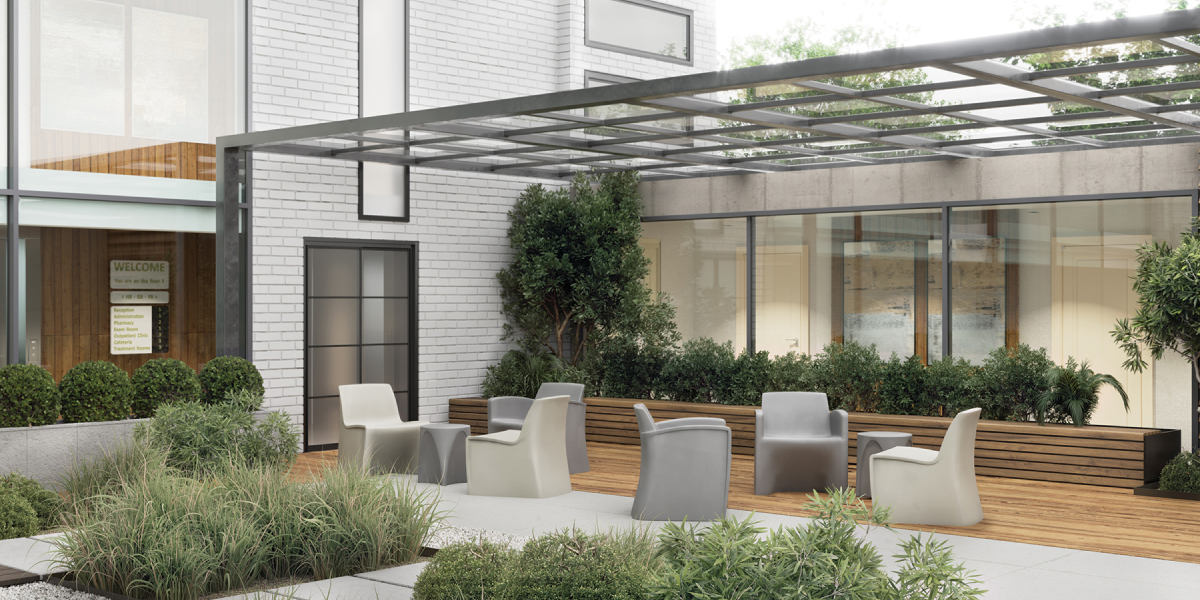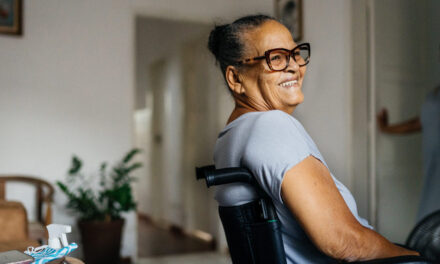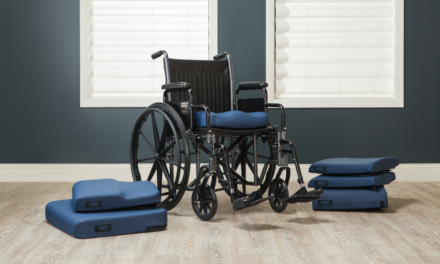Designing a modern psychiatric hospital room means balancing safety, comfort, and clinical efficacy while supporting individuals receiving care. By applying trauma informed design principles to behavioral health facility design and integrating ligature resistant products with mental health design best practices, you can create a therapeutic environment that supports recovery and aligns with JCAHO behavioral health standards.
Spatial layout and room typologies
Thoughtful floor plans in behavioral health facility design help you offer levels of mental health care and behavioral health levels of care tailored to each individual’s needs.
Private rooms enhance dignity, reduce interpersonal stress, and allow for customizable healing spaces that support trauma informed environment objectives.
Semi-private layouts maximize capacity with clear sightlines and easy staff access while maintaining distinct privacy zones.
Safety first finishes and fixtures
Select ligature resistant products such as recessed lighting, tamper resistant door hardware, and break-away shelving to meet JCAHO behavioral health standards. Choose behavioral health furniture requirements that feature rounded corners, impact resistant materials, and fixed anchors to prevent injury. Direct Supply’s casegoods, beds, and mattresses offer tested performance to address safety concerns like entrapment risks and self-harm, without compromising comfort or functionality. Smooth, continuous wall surfaces eliminate hidden anchorage points and reduce behavioral health risks, supporting a healing by design approach.
Lighting and technology integration
Circadian lighting systems mimic natural daylight cycles to support sleep regulation and mood for individuals receiving care. Environmental controls at the bedside empower choice and control, a core tenet of trauma informed design principles. Integrate mental health services with smart window films and discreet nurse call panels to streamline workflows and minimize clutter, creating a truly modern mental hospital room.
Biophilic and therapeutic elements
Incorporate wood-look accents, stone veneers, and living green walls to bring restorative natural finishes indoors. Artwork and murals featuring nature-inspired themes reduce stress, encourage engagement, and support a therapeutic environment. Biophilic design integrated into mental health interior design has been shown to improve recovery metrics and foster a sense of calm in behavioral assisted living facilities and beyond.
Technology enabled care
Combine integrated nurse call and wireless monitoring systems to streamline emergency response and reduce room clutter. Smart window films provide on-demand privacy without heavy curtains or blinds, maintaining clear escape routes. These behavioral safety products support both operational efficiency and patient dignity while aligning with broader behavioral safety strategies.
Acoustics and privacy
Install sound-absorbing ceiling panels and acoustic wall treatments to limit noise transfer and protect confidentiality. Design deferred alcoves or quiet corners where individuals receiving care can retreat for personal reflection or one-on-one therapy. These privacy zones contribute to a supportive therapeutic environment and uphold trauma informed design principles.
Choosing behavioral health products for your psychiatric hospital
A modern psychiatric hospital room is more than a clinical cell. It is a therapeutic space engineered for safety, comfort, and healing by design. By combining ligature resistant products, behavioral health furniture, and cutting-edge technology with trauma informed design principles, you can deliver environments that meet rigorous JCAHO behavioral health standards and profoundly support recovery.
Contact our behavioral health design experts today to learn how Direct Supply can help you transform your facility into a safe, restorative space.




